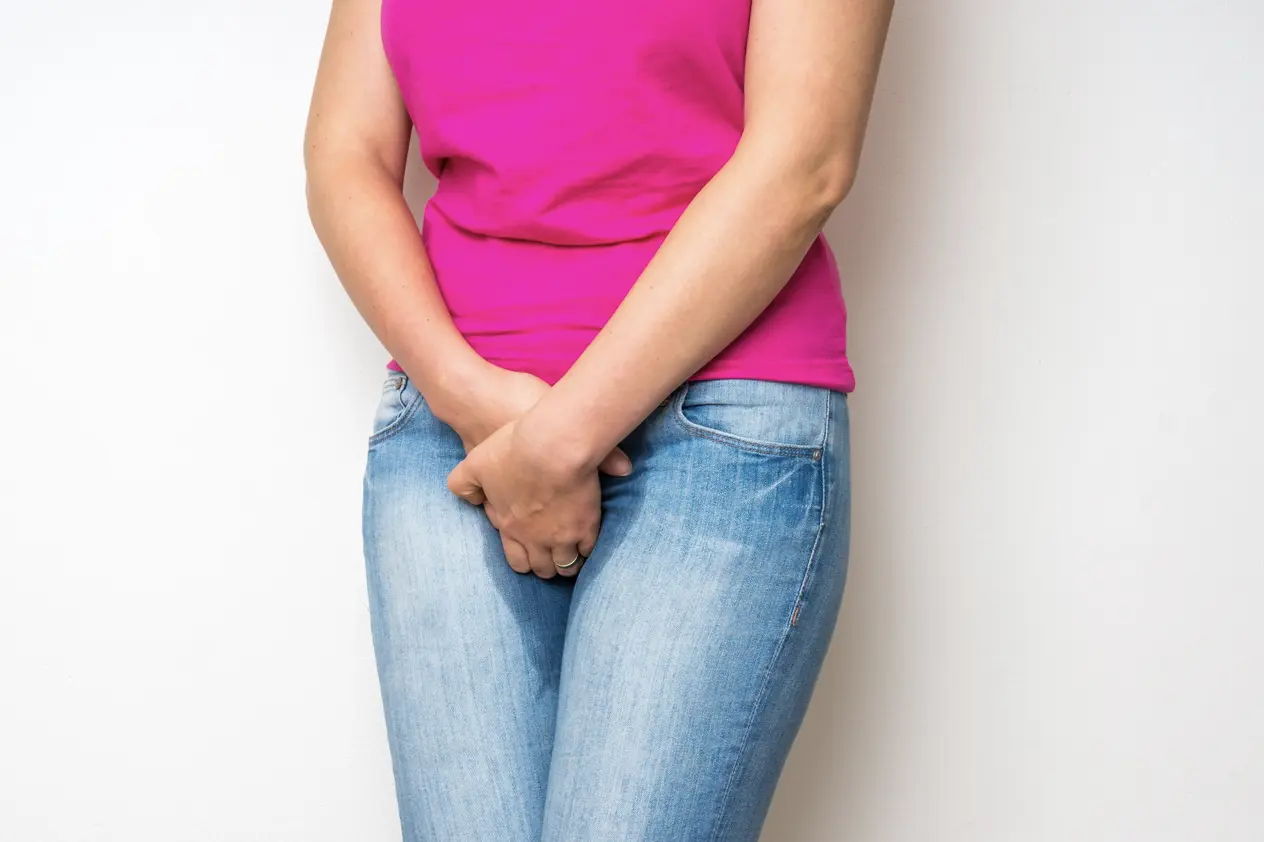3) Mid-Urethral Slings
Your doctor will place a small synthetic tape or mesh around the mid-segment of your urethra. The most commonly performed ones in Singapore are tension-free vaginal tape (TVT) or transobturator tape (TOT).
This surgery is typically done under general anaesthesia, and involves a small cut hidden inside the vagina, as well as 2 sub-centimeter cuts either in the lower abdomen (for TVT) or in the inner thighs (for TOT). A cystoscopy (bladder scope) is usually performed in conjunction with mid-urethral sling placement to ensure the absence of bladder injuries.
After the surgery, a urinary catheter is placed to help drain and rest the bladder overnight, and this is removed the following day with checks to ensure proper emptying of the bladder before you are discharged.
This procedure is highly effective in the treatment of SUI, with success rates of up to 95%. The risks of this surgery include 1-5% chance of bleeding, injury to surrounding structures, including the bladder/urethra/vagina, difficulty with emptying the bladder fully, urinary urgency, frequency, infection, pain or mesh extrusion.
Occasionally, the synthetic tape can be substituted with a biological/autologous fascial sling, i.e. fashioning the sling from your own tissue; this is not commonly performed in Singapore.
If you have coexisting pelvic organ prolapse, the surgery for pelvic reconstruction and mid-urethral sling can be performed together.
4) Burch colposuspension
This was the surgery that was most commonly performed before the advent of mid-urethral slings, and the main aim was to lift (and hence provide additional support) the bladder neck to strong ligaments on the back of pubic bones via sutures. It is performed abdominally, either open (laparotomy) or laparoscopically (keyhole), and has a success rate of 85% at 1 year. This surgery is now much less performed as mid-urethral sling procedures are typically faster, much more straightforward and involve quicker recovery.
5) Bulking Agents
This surgery involves doing a cystoscopy (bladder scope) and using it to guide the injection of bulking agents into the wall of the urethra. This helps to reduce the degree of urinary leakage on physical exertion by constricting the diameter of the urethra. Although the least invasive surgical option, it is known to lack long-term efficacy and typically requires repeated procedures to maintain results.
Due to different pathophysiology, the treatment options for urge urinary incontinence (UUI) are different from SUI (surgery, unfortunately, is not effective in treating UUI) and mainly comprise of:
- Lifestyle Modifications
Moderating the intake of things that can irritate the bladder e.g. caffeinated beverages, alcohol, foodstuffs that are high in sugar, salt and preservatives, as well as quitting smoking, can help reduce the sensation of urinary urgency and frequency. Drinking fluids and going to the toilet regularly (i.e. every 2-3 hours) helps to build a regular bladder routine – keeping a bladder diary can be very useful in having an overview of one’s drinking and voiding habits throughout the day and night, on both weekdays (workIng) and weekends (non-working) days as well. If you have known medical conditions such as diabetes mellitus, heart/kidney disease etc which require you to be on medications that may result in more frequent urination, work with your doctor to optimize control of these conditions and possibly explore a change of medications that can keep your condition under control yet reduce the incidence of you needing to visit the toilet too frequently. It is also important to maintain a healthy body weight.
- Bladder Training
This should be done in conjunction with pelvic floor exercises and keeping a bladder diary, to understand your bladder capacity and adjust the interval that you should be trying to hold your bladder for. A normal bladder capacity typically ranges between 300-400ml; if you find that your bladder diary shows that you frequently visit the toilet to void low volumes e.g. 100ml or so, then bladder training will be useful in helping you regain control over your bladder, rather than the other way round. The aim of bladder training is to control the feelings of urgency, increase the time interval between toilet visits, and increase the volume of urine that your bladder can comfortably hold. For example, if you find yourself going to the toilet every hour but voiding only 100ml each time, set a target to hold for an additional 15 minutes when the feeling of urgency hits. This should be done by sitting down on a firm surface, crossing your legs and tightening your pelvic floor muscles. Stay still and distract yourself e.g. by scrolling through your phone and reading a quick newspaper article until the peak of the urgency sensation passes. Then slowly make your way to the toilet and record the volume of urine you pass. Over weeks and months of bladder training, most women should find that they slowly regain control of their bladder and are less likely to plan their daily activities around the toilet.Bladder training is a process that needs time and patience, as many times the bladder would have already learnt many “bad habits” over a long period of time which now need to be unlearned – it is also important to understand that there will be good and bad days so you should not get discouraged easily.
- Medications
There are several medications available to reduce the sensitivity of an overactive bladder by relaxing your bladder muscles and diminishing bladder spasms; in doing so, they increase the interval between toilet visits and decrease the feelings or urgency and episodes of urge urinary incontinence. They are usually taken orally and may take some time before effects on your bladder are noticeable. Some side effects include dry mouth, constipation, drowsiness etc and your urogynaecologist will be able to work closely with you to ensure the most suitable medication at the lowest possible effective dose for your situation.




